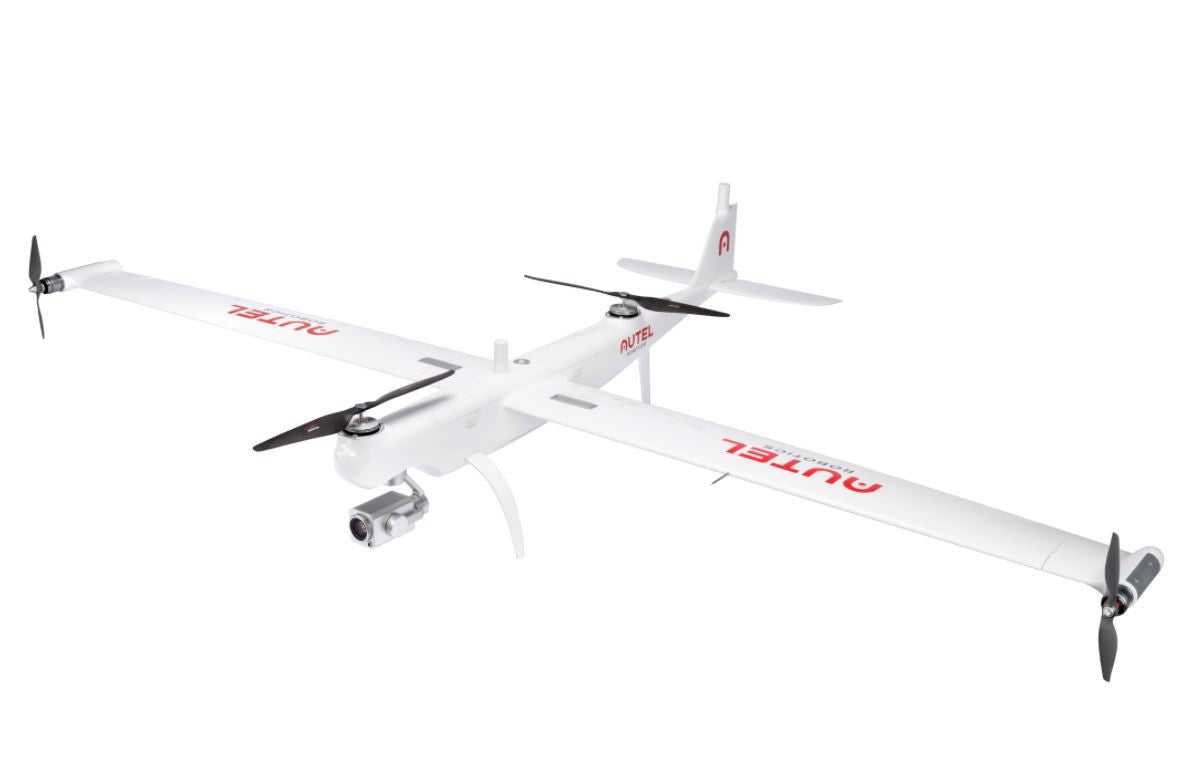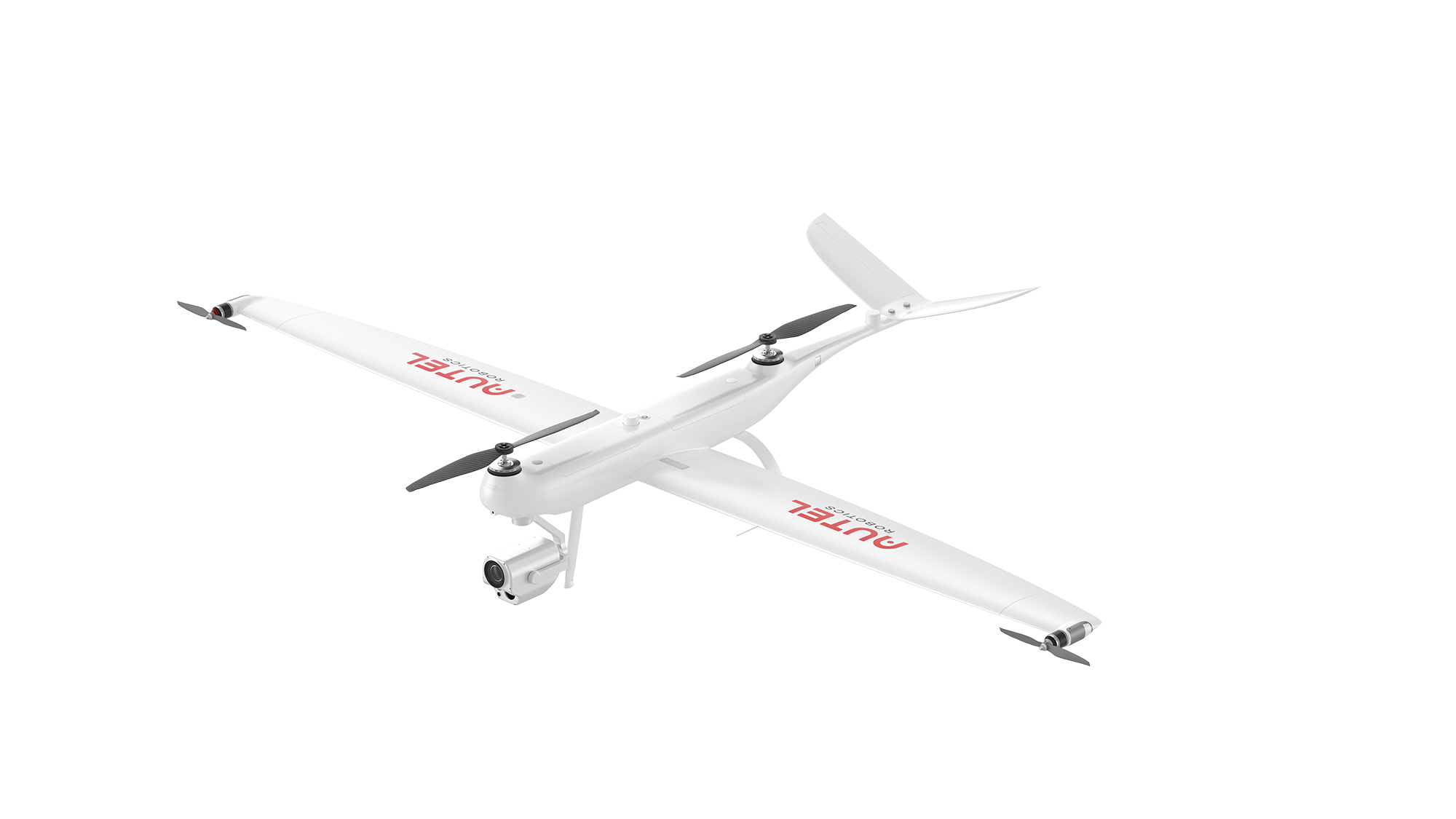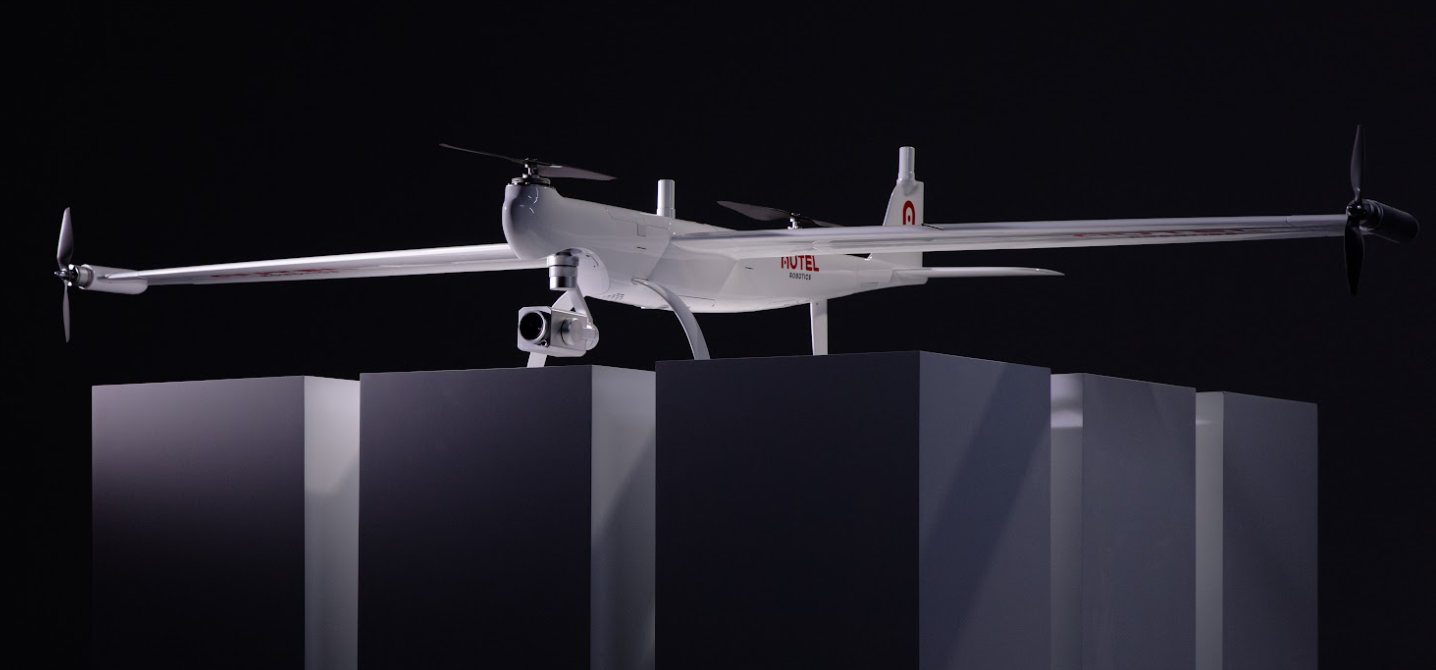Fixed-wing drones and quadcopters (multi-copters) each have their own set of advantages and disadvantages, and the choice between them depends on the specific use case and requirements. Here are some reasons why fixed-wing drones might be considered better than quadcopters in certain situations:
-
Endurance and Range: Fixed-wing drones are generally more efficient in terms of energy consumption, allowing them to cover larger distances and stay in the air for longer durations. This makes them well-suited for applications that require extensive area coverage, such as agricultural surveys or mapping.
-
Speed: Fixed-wing drones are typically faster than quadcopters. This makes them suitable for tasks that involve covering large areas quickly, like aerial surveys, monitoring pipelines, or tracking wildlife.
-
Payload Capacity: Fixed-wing drones often have a higher payload capacity compared to quadcopters of similar size. This makes them suitable for carrying more extensive sensor arrays or specialized equipment.
-
Weather Resistance: Fixed-wing drones can handle windy conditions more effectively than quadcopters due to their aerodynamic design. This makes them more suitable for operations in adverse weather conditions.
-
Efficiency in Mapping and Surveying: For applications like mapping, surveying, or photogrammetry, fixed-wing drones can cover larger areas more efficiently, thanks to their ability to fly in straight lines and cover ground quickly.
Despite these advantages, fixed-wing drones also have limitations. They typically require more space for takeoff and landing, and their hovering capabilities are limited compared to quadcopters. Quadcopters, on the other hand, excel in tasks that require vertical takeoff and landing, precise hovering, and the ability to navigate through tight spaces.
In summary, the choice between fixed-wing drones and quadcopters depends on the specific needs of the operation. Fixed-wing drones are often preferred for applications that demand efficiency in covering large areas and longer flight times.


















